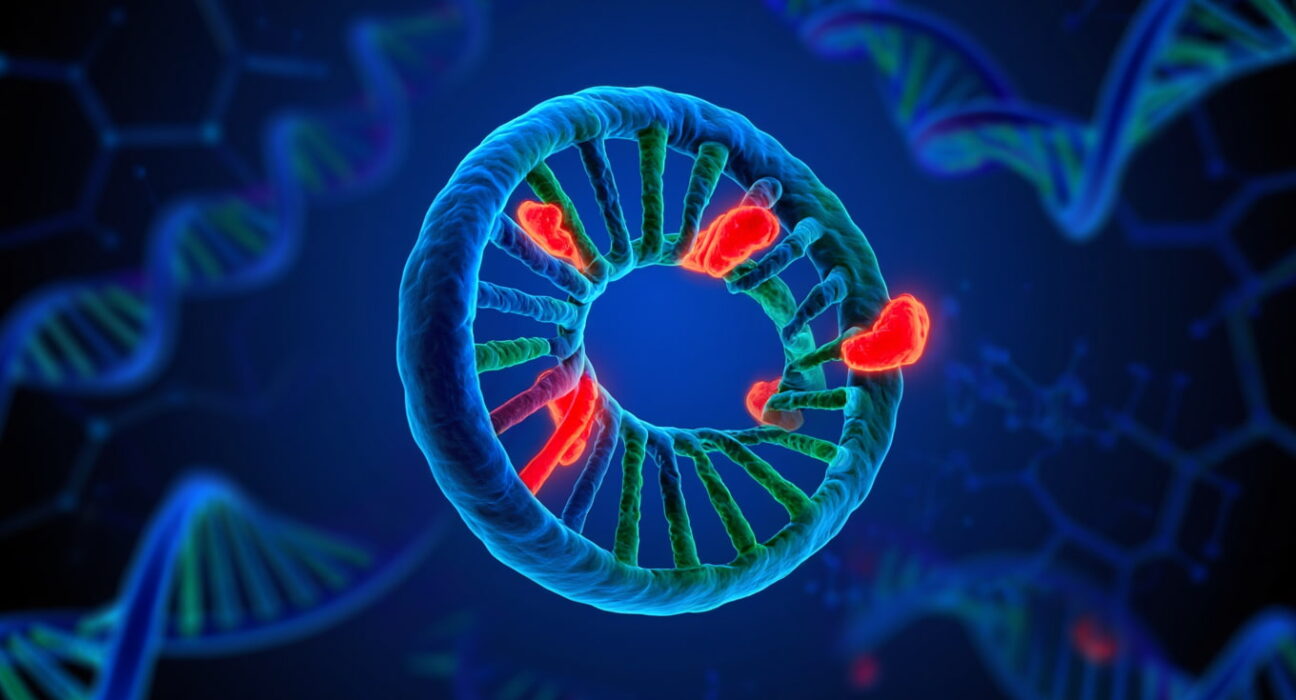Scientists have uncovered new insights into how rogue DNA rings may fuel glioblastoma at its earliest stages.An international research team has found that circular fragments of DNA, known as extrachromosomal DNA (ecDNA), play a critical role in driving the growth of glioblastoma—the most aggressive and common form of adult brain cancer. These findings could open the door to earlier diagnosis, improved monitoring, and more effective treatments for the disease.Published in Cancer Discovery, the study is the first to demonstrate that ecDNA carrying cancer-promoting genes often appears right at the beginning of glioblastoma development. In some patients, it may even emerge before a detectable tumor forms. This early presence is thought to contribute to the cancer’s ability to grow quickly, adapt, and resist therapy.The research was led by Dr. Benjamin Werner of Queen Mary University of London and Professor Paul Mischel of Stanford University, alongside Professor Charlie Swanton from The Francis Crick Institute. All three are members of team eDyNAmiC, a group funded by Cancer Grand Challenges to investigate the role of ecDNA in cancer.Glioblastoma remains one of the most difficult cancers to treat, with survival rates averaging just 14 months and little progress in outcomes over the past few decades. This highlights the urgent need for fresh strategies in detection and treatment.Understanding ecDNA is a top priority in cancer research. In 2022, Cancer Research UK and the US National Cancer Institute awarded $25 million to establish team eDyNAmiC, a global consortium of experts in cancer biology, clinical medicine, evolutionary science, mathematics, and computer science. The current study represents a key advance in their mission.By combining genomic and imaging data from glioblastoma patients with advanced computational models, the researchers were able to trace how ecDNA evolves within tumors across both time and space.
“Rogue” DNA Rings Expose Brain Cancer’s Earliest Secrets






